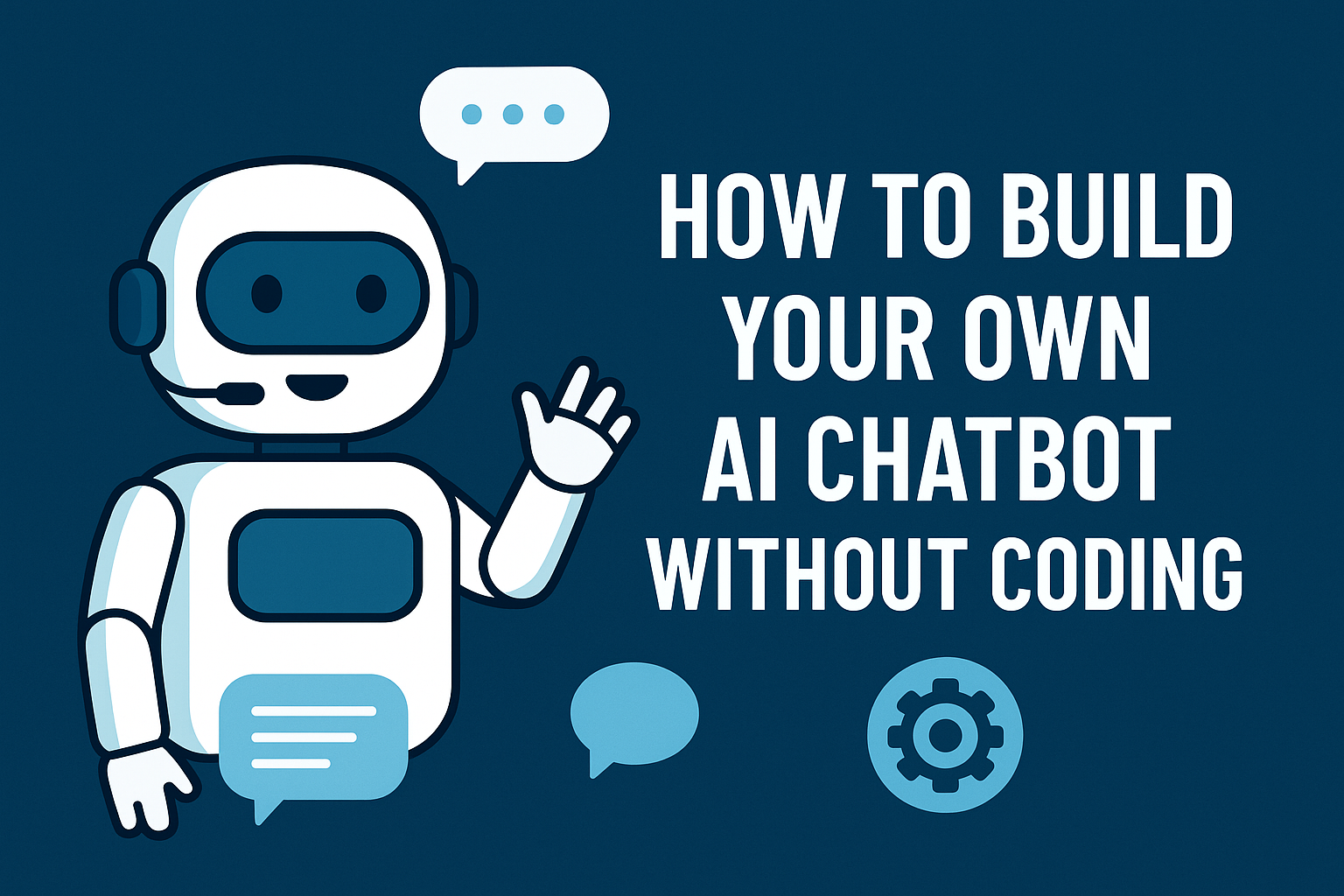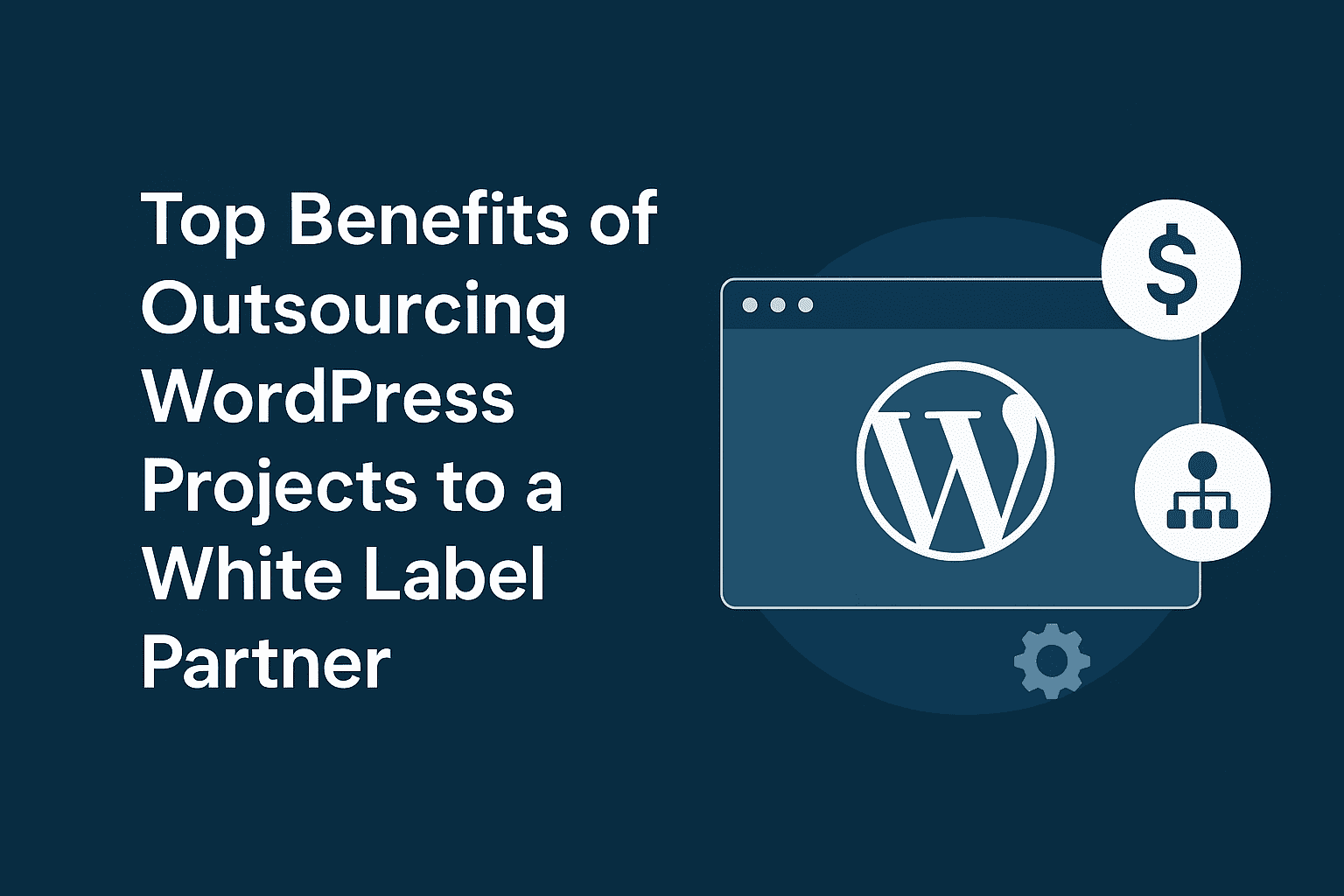In a world driven by automation and artificial intelligence, building your own AI chatbot has never been easier—even if you have zero coding experience. Thanks to no-code tools and platforms, anyone with an idea and internet access can create a chatbot that talks, answers, books appointments, or even sells products.
In this comprehensive guide, you’ll learn how to build your own AI chatbot in 2025 without writing a single line of code.
Why Build an AI Chatbot?
Before we dive into the “how,” let’s quickly understand the “why.”
AI Chatbots can:
- Automate customer support (answer FAQs, process orders)
- Generate leads through interactive conversations
- Enhance user engagement on websites and apps
- Act as virtual assistants for booking, reminders, or information
- Operate 24/7, increasing efficiency and reducing workload
If you run a business, blog, or even a personal brand, a chatbot is an essential tool to connect with your audience.
Step 1: Define Your Chatbot’s Purpose
Start with a clear goal:
- Are you building a chatbot for customer service, booking appointments, selling products, or just for fun and interaction?
- Define the type of users who will interact with your bot.
- Decide the platform: Will your bot live on your website, WhatsApp, Facebook Messenger, Instagram, or another platform?
Example: “I want to create a chatbot that helps customers choose the right product on my e-commerce site.”
Step 2: Choose a No-Code Chatbot Platform (2025 Edition)
Here are the best no-code AI chatbot builders available in 2025:
1. Tidio AI
- Great for customer support and lead generation
- Live chat + AI automation
- Integrates with Shopify, WordPress, Wix
2. Chatbase
- Upload your documents or data and create a ChatGPT-powered bot
- Used for knowledge base bots, support agents
- Easy to embed on websites
3. ManyChat
- Best for Messenger, Instagram, and WhatsApp bots
- Ideal for eCommerce, social selling
- Visual flow builder
4. Landbot
- Great visual drag-and-drop chatbot builder
- Create bots for web, WhatsApp, Messenger
- Custom forms, surveys, and API integration
5. Botpress Cloud
- Powerful AI tools with OpenAI/GPT integration
- Pre-built templates
- Advanced logic handling, but still no coding required
Tip: Most platforms offer free tiers or trials. Start small and upgrade only if needed.
Step 3: Design the Conversation Flow
This is the heart of your chatbot. Think of it like creating a script or roadmap:
- Greet the user: “Hi! How can I help you today?”
- Offer options: “Do you want to track your order, ask about a product, or talk to support?”
- Follow the logic based on answers
Use these tips:
- Keep responses short and clear
- Use buttons or quick replies when possible (especially on mobile)
- Add fallbacks like “Sorry, I didn’t understand. Can you try again?”
Platforms like Landbot and ManyChat offer drag-and-drop visual builders, making it easy to link messages together like a flowchart.
Step 4: Train Your Bot with AI (Optional but Powerful)
Want your bot to be more than a script? Integrate AI models like ChatGPT to allow natural conversation.
Many platforms now allow you to:
- Connect OpenAI (GPT-4, GPT-4o) without code
- Upload PDFs or URLs (e.g., Chatbase)
- Set personality, tone, and response styles
This lets your bot answer complex questions without pre-writing every response.
Example: Upload your product catalog, and the bot can answer questions like “Which phone has the best camera under $500?”
Step 5: Integrate with Other Tools
Most no-code platforms let you connect to other services:
- Google Sheets (store data, form responses)
- Email platforms (Mailchimp, ConvertKit)
- Calendars (Google Calendar for booking)
- CRM tools (HubSpot, Zoho)
Use these integrations to:
- Send follow-up emails
- Create leads
- Book appointments
Step 6: Test, Improve, and Launch
Before going live:
- Test the bot yourself and with friends
- Check for confusing paths or dead ends
- Use analytics (built into platforms) to see where users drop off
After launch:
- Monitor performance weekly
- Improve based on user feedback
- Add new features or content over time
Real-World Example: Blogger AI Assistant
Let’s say you run a personal blog. Here’s what your AI chatbot could do:
- Greet visitors with “Hi! Looking for my latest posts or a specific topic?”
- Offer links to latest blogs
- Answer questions like “What are your top tech posts?”
- Let users subscribe to your newsletter
You can build this in 1-2 hours using Chatbase or Landbot.
Final Thoughts
Creating an AI chatbot without coding is no longer a dream—it’s a weekend project. Whether you want to improve customer service, grow your brand, or just explore AI, the tools in 2025 make it accessible to all.
Remember:
- Start simple
- Use visual builders and AI integrations
- Always test and improve
Once your chatbot is live, it becomes a 24/7 partner working for you. So why wait?
Resources & Tools Mentioned:
- Tidio AI: https://www.tidio.com
- Chatbase: https://www.chatbase.co
- ManyChat: https://www.manychat.com
- Landbot: https://landbot.io
- Botpress: https://botpress.com



